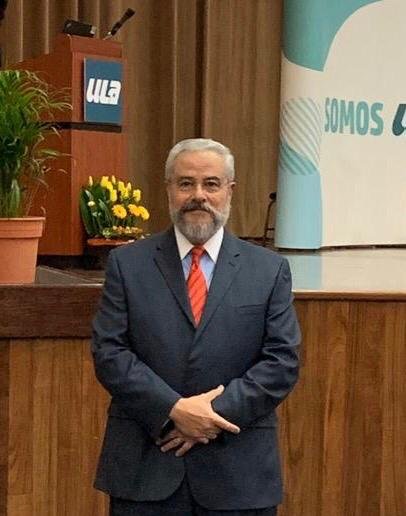Formulation of reflections. Theoretical and practical considerations.
Introduction.
Given the growing popularity of reflection groups, there have been different authors, including Andersen, who have questioned the usefulness or validity of this therapeutic process.
We will address some of the most common questions that therapists ask about this way of life. The convenience of including questions within the sessions between the clients and the therapists of the reflection group is raised to expand the awareness of the clients and the therapists themselves.
Development.
When Andersen identified some of the problems that a reflective team can go through, he began to outline some rules focused mainly on what we should not do. He mainly recommends not reflecting on something that belongs to a context other than that of the conversation, and above all not giving negative connotations. He even recommends not engaging in negative conversations after the session, as these feelings could saturate or reorient our energies.
A recommendation that Andersen makes that I consider very important is the specific duty that therapists have to question each other in front of the client and subsequently have a conversation without the client, which includes questions. In line with what we reviewed in the previous reading, the therapists’ comments have great cultural content and are loaded with their experiences, since all of us who participate in a therapeutic conversation do so with some prejudice or preconception that influences Our thinking.
Nowadays there are many therapists who ask their clients directly if they have any questions and this can take place during the session or at the end of it.
This contrasts strongly with non-directive humanistic Coaching in which there is no transfer of experiences or knowledge to the coachee, but rather the latter is the one who finds his or her own answers without the coach’s feedback. It makes me reflect on the fact that without this interaction in coaching, the possibility of introducing more topics that clients may wish to include in the conversations is being lost, thus avoiding the opportunity for a greater connection between the coach or therapist and Your clients.
Let us remember that stories are constructed by people through multiple interpersonal processes, therefore, therapy helps change these stories that clients generate about themselves. This change occurs through interaction, when we are able to co-create and co-construct alternative stories that the client finds more coherent.
Andersen mentions it this way: “This joint construction of narratives is part of a circular process of co-creation of meanings between individuals.”
The conversation I had with Dr. Helen Selicoff about the convenience of avoiding mirroring or “identical” mirroring came to mind when I read that the simple repetition of other people’s words does not facilitate understanding, since it arises when individuals relate to each other. each other through language and then it is better to present our ideas with other words, in this way we offer people the opportunity to think differently. But we must be careful that the language is not too different because it may not be understood.
When we involve hermeneutics, we find that it helps me a lot to feel understood so that I can better understand others. In this way, the author suggests that sometimes misunderstandings help clarify conversations and in this way mutual understanding increases.
The therapy process consists of exploring the space between the client and the therapist so that meaning can be co-constructed from the conversations between both parties. This often leads us to change our narratives on both the client and therapist sides.
The reflections made by therapists may include metaphors, stories, direct suggestions , hypotheses, positive connotations, alternative descriptions, reminiscences or personal feelings. It comes to mind to ask myself if it is convenient to speak in the third person when reflecting? or even consider the possibility of using other names so that the client is not threatened by seeing himself reflected so directly and there can be a “change of outlook.” By “change of gaze”, I understand that situation in which the client can “get out of himself” and visualize himself as if we were talking about a third person. The alternative that the author presents is that when the therapist reflects out loud, he can look away from his clients, and talk to the wall or to his shoes, so that the clients are free to adopt the position of listening and later they can do comments. It is very common that while listening to the comments a new topic arises that had not been formulated by the client.
Sometimes, within the reflections some novel information arises, which when accompanied by an explanation about how the therapist arrived at said idea, can make some sense for the participants. I conceive this in Coaching, as the expansion or opening of consciousness that seeks new alternative solutions. In this case, it is highly recommended that the next therapist in the group express a different idea so that clients do not think that this idea is the only viable one.
Conclusion
We have been able to appreciate the importance of questions between clients and therapists to open the possibility of generating other dialogues on different topics that perhaps had not been considered at the beginning of the process. Asking questions helps us to complement the content of the therapy and even misunderstandings constitute a possibility of generating new co-creation alternatives that none of the participants in the process had considered until then.
My conviction about the usefulness and strength of reflective groups continues to grow.
Thank you so much.




